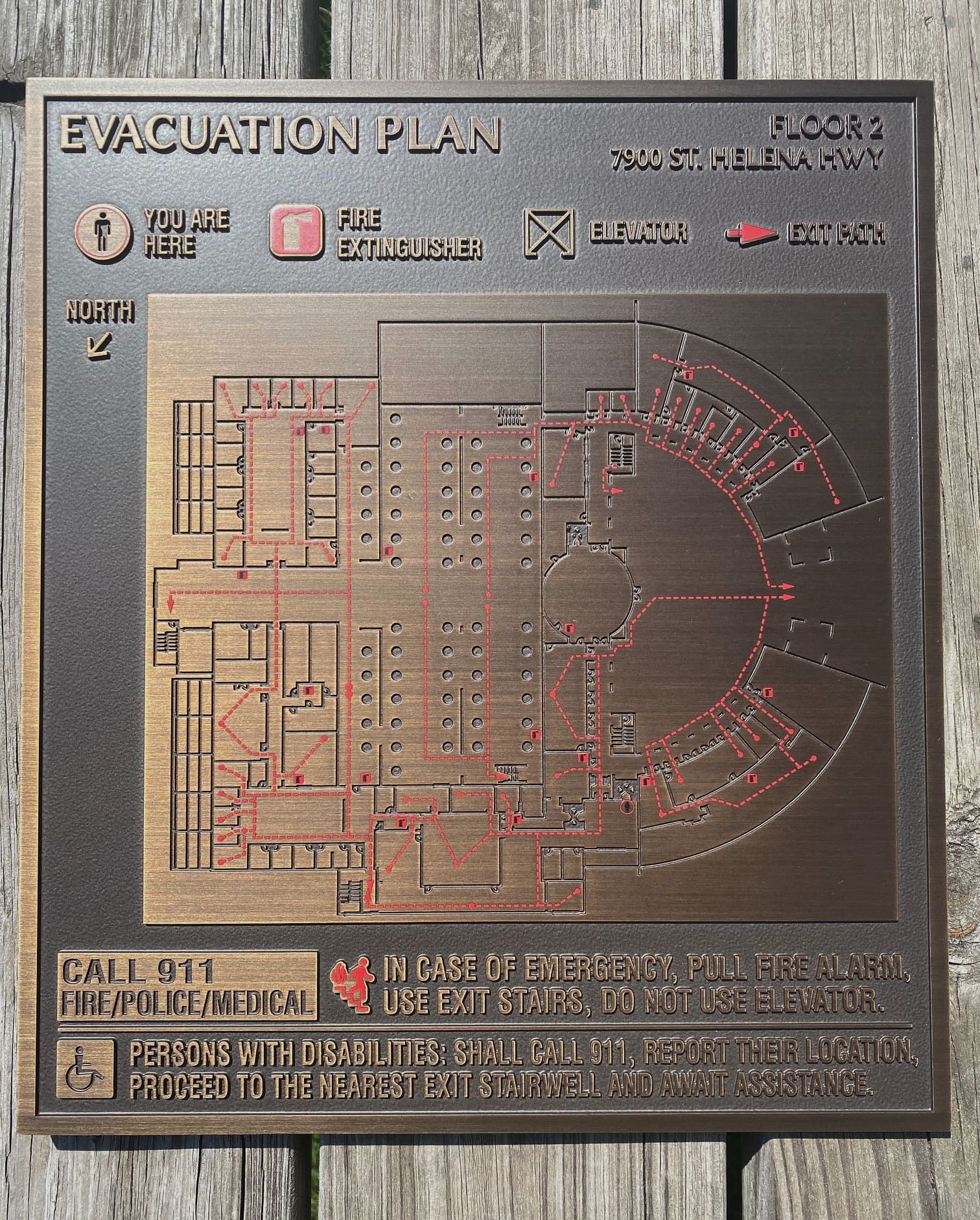10 Must-Haves for Building an ADA Compliant Business
Compliance is something that almost all businesses are familiar with, particularly when it comes to accessibility. A few of the best ways that businesses can fulfill the requirements of the Americans with Disabilities Act (ADA) are by using clear and visible signs, having accessible entryways, and keeping websites ADA compliant.
Here are several ways to help further adhere to ADA requirements.
Identify Architectural Barriers
Architectural barriers for people with disabilities include stairs or steps at an entryway or hard-to-reach areas of your store. Your business needs to identify all architectural barriers and remove or provide accommodation in some way.
For example, if you have an entryway that has stairs or steps, you must have a secondary entryway that does not have steps. Additionally, your business has to have appropriate, easily visible signage at the inaccessible entryway, directing people to the alternative entry.
Create Alternate Ways to Access Your Business
Your business may have some architectural barriers that can’t be easily removed or changed, so alternatives could include providing curbside pickup or delivery options.
You’ll also want to communicate these alternatives to your customers. Three of the best ways to communicate this to your customers are your company website, social media, and having highly visible signage near your entryways. One way to produce such highly visible signage is with stainless steel lettering.
Use ADA-Compliant Signage
When you use signs as a way of communicating, the ADA requires that they must be compliant with their standards. This includes: height, mounting location, and overhead/protruding sign requirements. In order to be ADA compliant, your signs must include:
- A high contrast in colors (using dark-on-dark colors or light-on-light colors makes it really difficult for a visually impaired person to read).
- Fonts that are easy to read (i.e. no scripts, italics, or other similar fonts).
- Tactile (braille) characters.
- The correct pictograms (i.e. stairs symbol, restroom symbol, or wheelchair symbol).
There are a variety of materials you can use for signs for this purpose. This includes bronze ADA signage and aluminum ADA signage. Either of these can be significantly more long-lasting and professional than cheap alternatives.
Assess Your Parking and Business Entrances
There are specific ADA requirements for your business’s parking and entrances. One of the requirements is that you have one accessible parking spot for every 25 parking spots that your business has.
Ramps are another way to add accessibility to your parking and entryways. If you only have an entrance with steps and you are unable to add a separate entryway, a ramp is another option. Again, it can help to have bronze or aluminum ADA signage to identify these entrances.
Integrate Website Accessibility
Your website is a good way to brand your business but it’s also important that you make it accessible to everyone who visits it. Ensure that your website is easy to use for people who are visually impaired, intellectually impaired individuals, and hearing impaired.
There is a special set of standards that are widely used and adhered to, called the Website Content Accessibility Guidelines (WCAG). WCAG has a checklist of criteria that they have identified as making a website accessible to people with disabilities.
Make it Known That You Welcome Service Animals
Businesses are required to welcome service animals in any of the areas where the public is allowed to go. There are exceptions to this requirement, in certain cases where sanitation is an issue. For example, in a hospital, a service animal wouldn’t be allowed in areas where the public can’t go or in operating/surgical rooms, either.
One of the most convenient ways to communicate to your customers that service animals are allowed is to use signage at your accessible entryways.
Use Comfortable Furniture
This is important for both customers and employees. For employees, the ADA requires all workplace furniture (chairs, desks, etc.) to be a certain height to accommodate wheelchairs or crutches. The best option is to have a desk that you can move up and down with the touch of a button and/or an adjustable chair.
Put in Elevators
If your business operates on more than one level and all levels are open to the public, then it’s required that you put in elevators for people with mobility issues. The elevators have to be accessible from the same floor as the accessible entryway so that anyone can easily get to them.
Elevator buttons must be accessible as well. They should be installed according to ADA guideline height requirements and have Braille on them.
In addition, it’s vital for businesses with multiple floors to have clearly marked fire escapes. Bronze fire escape signage is an effective and professional way to identify these areas:

Upgrade Restrooms
Make sure that all restroom locations have at least one accessible stall. A few of the biggest ADA compliance requirements will include:
- The flush handle must be hand-controlled or automatic.
- The door hooks must be low enough that they are accessible.
- There must be two grab bars in the stall.
Install Fixtures Appropriately
Certain fixtures should be installed appropriately, such as light fixtures, elevator buttons, door handles, water fountains, telephones, and shelving counters.
For example, make sure that public drinking fountains are accessible, or that there is an accessible option available. A person in a wheelchair should be able to reach the door handle or have access to a button that opens the door automatically.
Light fixtures might also be installed to turn on when they sense motion. A motion sensor light switch has both environmental benefits and accessibility advantages.